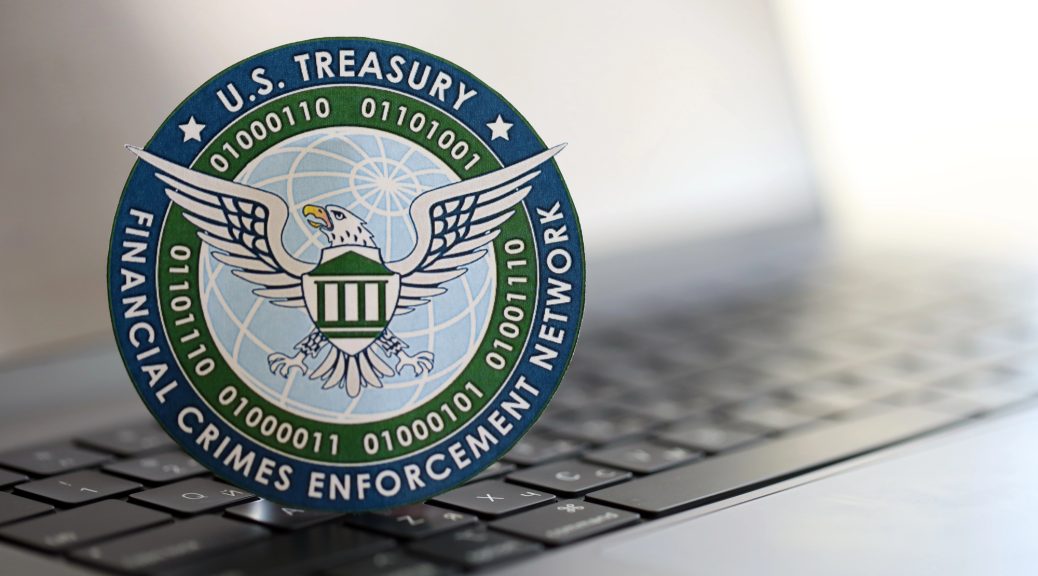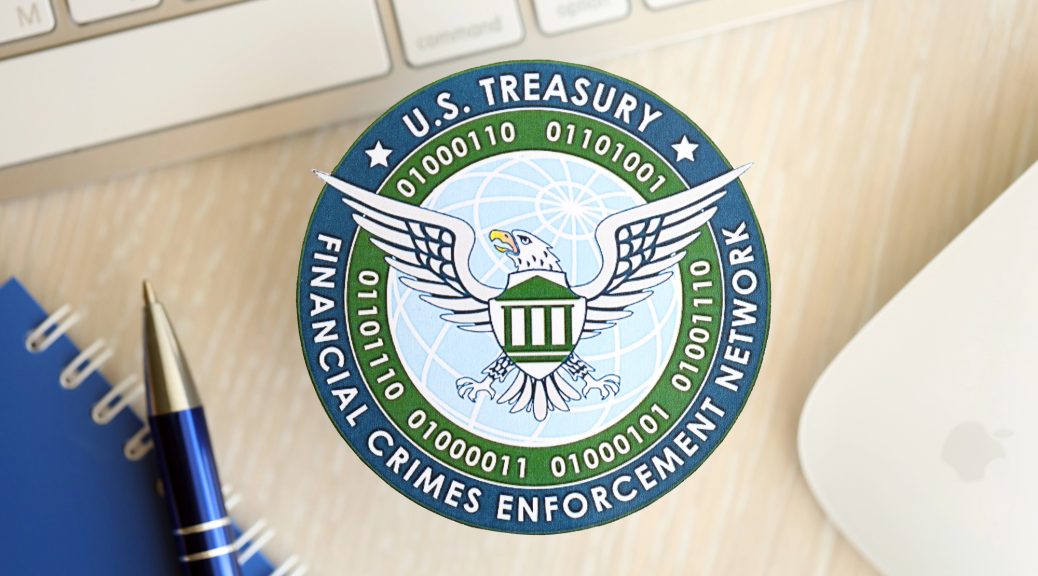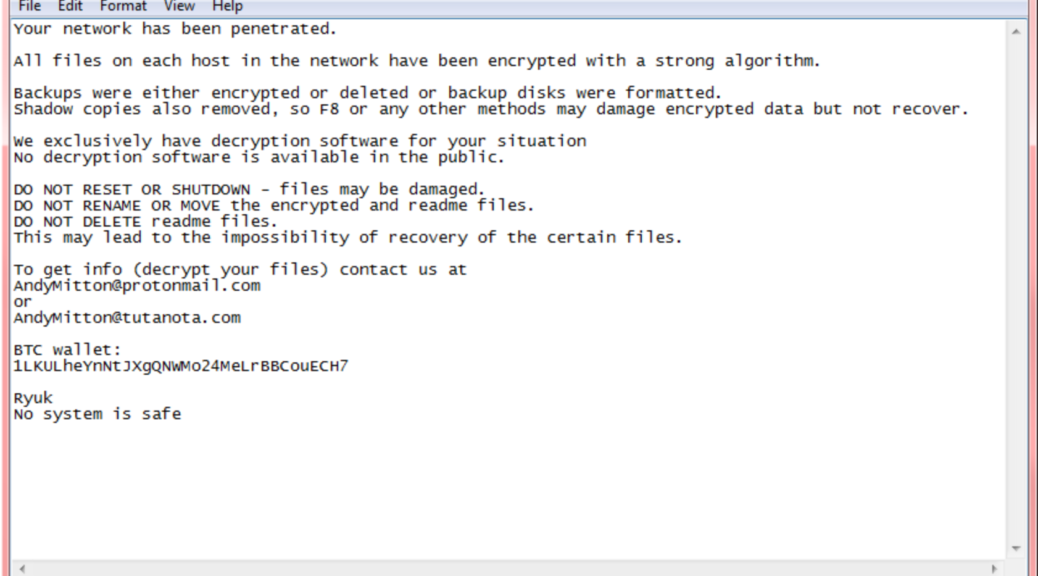Found in the nearly 1,500-page National Defense Authorization Act of 2021, is the 21-page Corporate Transparency Act (“CTA”), 31 U.S.C. § 5336. The CTA currently requires most entities incorporated or doing business under State law to disclose personal stakeholder information to the Treasury Department’s criminal enforcement arm, Financial Crimes Enforcement Network (“FinCEN”), including Tax ID numbers, date of birth, government identification number and copies of government identification documents of all beneficial owners and company state formation applicants (collectively a Beneficial Ownership Information Report or “BOI Report”).
According to Congress, this law is intended to prevent financial crimes such as money laundering and tax evasion committed using shell corporations. The relevant Constitutional question recently put before an Alabama federal court was whether Congress’ broad powers to regulate commerce, oversee foreign affairs and national security, and impose taxes and related regulations were enough to power such a massive information grab.
In a 53-page opinion, Judge Liles C. Burke of the Northern District of Alabama answered this question in the negative and struck down the CTA as unconstitutional. See Mem. Op. at 3 (“Because the CTA exceeds the Constitution’s limits on the legislative branch and lacks a sufficient nexus to any enumerated power to be a necessary or proper means of achieving Congress’ policy goals, the Plaintiffs are entitled to judgment as a matter of law.”). As recognized by Judge Burke, there was no comparable State or federal law to the CTA. Mem. Op. at 35.
As a result of Judge Burke’s March 1, 2024 ruling – which began its appellate journey on March 11, 2024, all the plaintiffs in that case are for the time being exempt from filing a BOI Report – including the over 65,000 businesses and entrepreneurs located in all 50 states who are members of Plaintiff National Small Business Association (“NSBA”). As for everyone else who may be a Reporting Company, the CTA very much still applies.
By way of background, FinCEN issued a final rule implementing the CTA on September 29, 2022 and made that rule effective as of January 1, 2024. 87 Fed. Reg. 59498. Because only the plaintiffs in the Alabama action are safe from the CTA’s reporting reach all other businesses operating in the United States who are considered Reporting Companies will have to comply with the Rule.
More specifically, the CTA requires disclosures from “reporting company[ies],” defined as “corporation[s], limited liability company[ies], or other similar entit[ies]” that are either “(i) created by the filing of a document with a secretary of state or a similar office under the law of a State or Indian Tribe, or (ii) formed under the law of a foreign country and registered to do business in the United States.” 31 U.S.C. § 5336(a)(11)(A). The CTA exempts twenty-three kinds of entities from its reporting requirements, including banks, insurance companies, and entities with more than twenty employees, five million dollars in gross revenue, and a physical office in the United States. 31 U.S.C. § 5336(a)(11)(B). In other words, this statute not only targets shell companies involved in criminal conduct or fraud, it expressly hits most small business owners in the country as well.
“FinCEN estimates that there will be approximately 32.6 million reporting companies in Year 1, and 5 million additional reporting companies each year in Years 2–10.” 87 Fed. Reg. at 59549. The CTA requires these millions of entities to disclose the identity and information of any “beneficial owner.” 31 U.S.C. § 5336(b)(1)(A). A beneficial owner is defined as “an individual who . . . (i) exercises substantial control over the entity; or (ii) owns or controls not less than 25 percent of the ownership interests of the entity,” with some exceptions for children, creditors, and a few others. 31 U.S.C. § 5336(a)(3).
For new entities formed or operating in the United States after January 1, 2024, the CTA requires them to disclose the identity and information of both Beneficial Owners and “Applicants,” defined as “any individual who files an application to form a corporation, LLC, or other similar entity under the laws of a State or Indian Tribe; or registers [a foreign entity] to do business in the United States.” 31 U.S.C. § 5336(a)(2). Such filings must be made within 90 days of the relevant state filings and those companies formed or operating in the United States prior to January 1, 2024 have until year end.
Reporting entities must give FinCEN a Beneficial Owner or Applicant’s full legal name, date of birth, current address, and identification number from a driver’s license, ID card, or passport. 31 U.S.C. § 5336(a)(1), (b)(2)(A). Under the final rule, reporting entities are also required to submit an image of the identifying document. 31 C.F.R. § 1010.380(b)(1)(ii)(E). If any of that information changes, the reporting company must update FinCEN, 31 U.S.C. § 5336(b)(1)(D), and FinCEN retains Applicant and Beneficial Owner information on an ongoing basis for at least five years after the reporting company terminates. 31 U.S.C. § 5336(c)(1). Determining whether someone is a Beneficial Owner can be somewhat difficult given it requires a determination of who “has substantial influence over important decisions made by the reporting company” among other potentially vague criteria. 31 C.F.R. § 1010.38 (d)(1)(i)(C).
A willful provision of false or fraudulent beneficial ownership information or failure to report “complete or updated beneficial ownership information to FinCEN” by “any person” is punishable by a $500 per day civil penalty and up to $10,000 in fines and 2 years in federal prison, 31 U.S.C. § 5336(h)(1), (3)(A); a knowing and unauthorized disclosure or use of beneficial ownership information by “any person” is punishable by a $500 per day civil penalty, along with a $250,000 fine and 5 years in federal prison, 31 U.S.C. § 5336(h)(2), (3)(B); and a knowing and unauthorized use or disclosure while violating another federal law “or as part of a pattern of any illegal activity involving more than $100,000 in a 12-month period” by “any person” is punishable with a $500,000 fine and 10 years in federal prison, 31 U.S.C. § 5336(h)(3)(B)(ii)(II). Over time, this daily penalty increased to $591 per day.
As recognized by Judge Burke, “[t]he ultimate result of this statutory scheme is that tens of millions of Americans must either disclose their personal information to FinCEN through State-registered entities, or risk years of prison time and thousands of dollars in civil and criminal fines.” Mem. Op. at 8. Given the importance of this information, FinCEN already compels banks and other financial institutions to obtain nearly identical information from State entity customers and provide it to FinCEN.
More specifically, FinCEN’s 2016 Customer Due Diligence rule requires “covered financial institutions” to “identify and verify beneficial owners of legal entity customers.” 31 C.F.R. § 1010.230(a). As with the CTA, this rule defines a “legal entity customer” as “a corporation, limited liability company, or other entity that is created by the filing of a public document with a Secretary of State or similar office, a general partnership, and any similar entity formed under the laws of a foreign jurisdiction that opens an account,” unless the entity fits into one of sixteen exemptions – seven less than the CTA exemptions. 31 C.F.R. § 1010.230(e)(1)-(2).
The CDD rule also defines beneficial owners in the same manner: “Each individual . . . who owns, directly or indirectly, 25 percent or more” of the entity; has “significant responsibility to control, manage, or direct a legal entity,” including “a Chief Executive Officer, Chief Financial Officer, Chief Operating Officer, Managing Member, General Partner, President, Vice President, or Treasurer)” and “[a]ny other individual who regularly performs similar functions.” 31 C.F.R. § 1010.230(d)(1)-(2).
In other words, FinCEN’s CDD rule and the CTA provide FinCEN with nearly identical information. The CTA itself acknowledges the similarity. See 31 U.S.C. § 5336(b)(1)(F) (requiring the Secretary of the Treasury to promulgate regulations that “collect [beneficial owner and applicant] information . . . in a form and manner that ensures the information is highly useful in . . . confirming beneficial ownership information provided to financial institutions.” (emphasis added). See also Pub. L. 116-283 § 6402 (6)(B) (134 STAT. at 4604 – 4605) (“It is the sense of Congress that . . . [collection of] beneficial ownership information . . . [will] confirm beneficial ownership information [already] provided to financial institutions.”).
According to FinCEN’s compliance with the Paperwork Reduction Act of 1995: “The estimated average burden associated with this collection of information from Reporting Companies is 90 to 650 minutes per respondent for reporting companies with simple or complex beneficial ownership structures, respectively. The estimated average burden associated with Reporting Companies updating information previously provided is 40 to 170 minutes per respondent for reporting companies with simple or complex beneficial ownership structures, respectively.”
Given the appellate route will likely take well over a year to resolve and the NSBA plaintiffs no longer have any injury to adjudicate – which might have expedited an appeal if they had, it is incumbent on business owners to take the CTA at its face value and comply with the implemented regulations of FinCEN.







